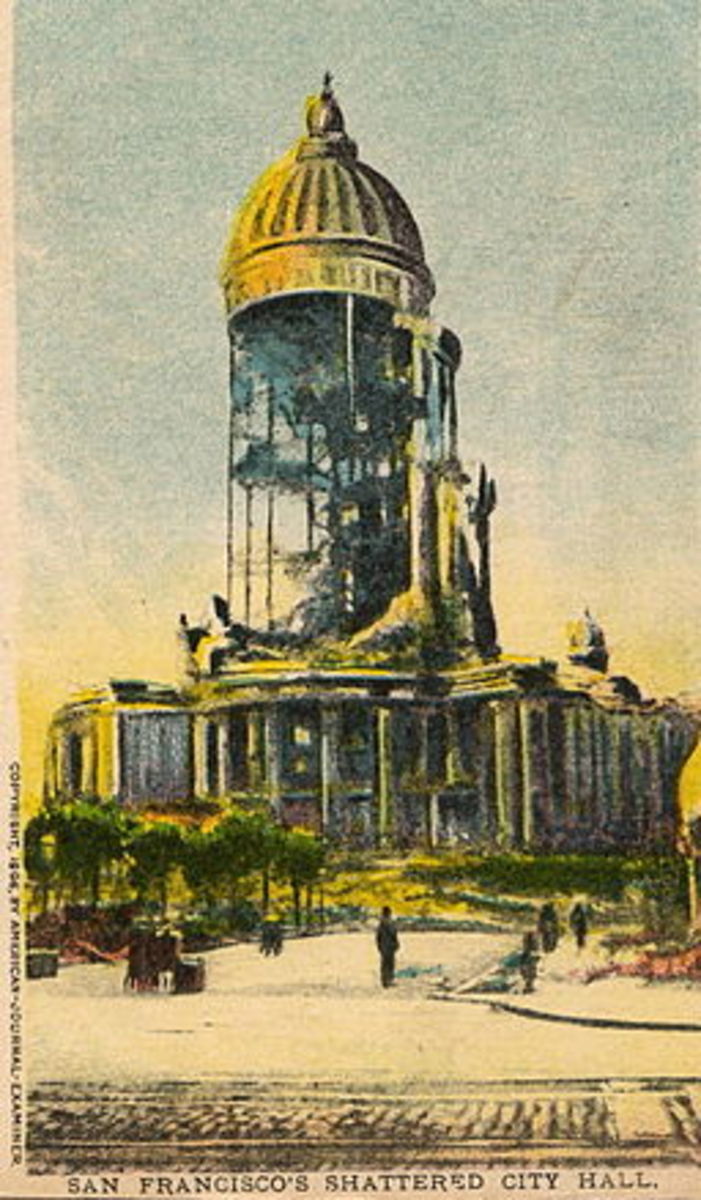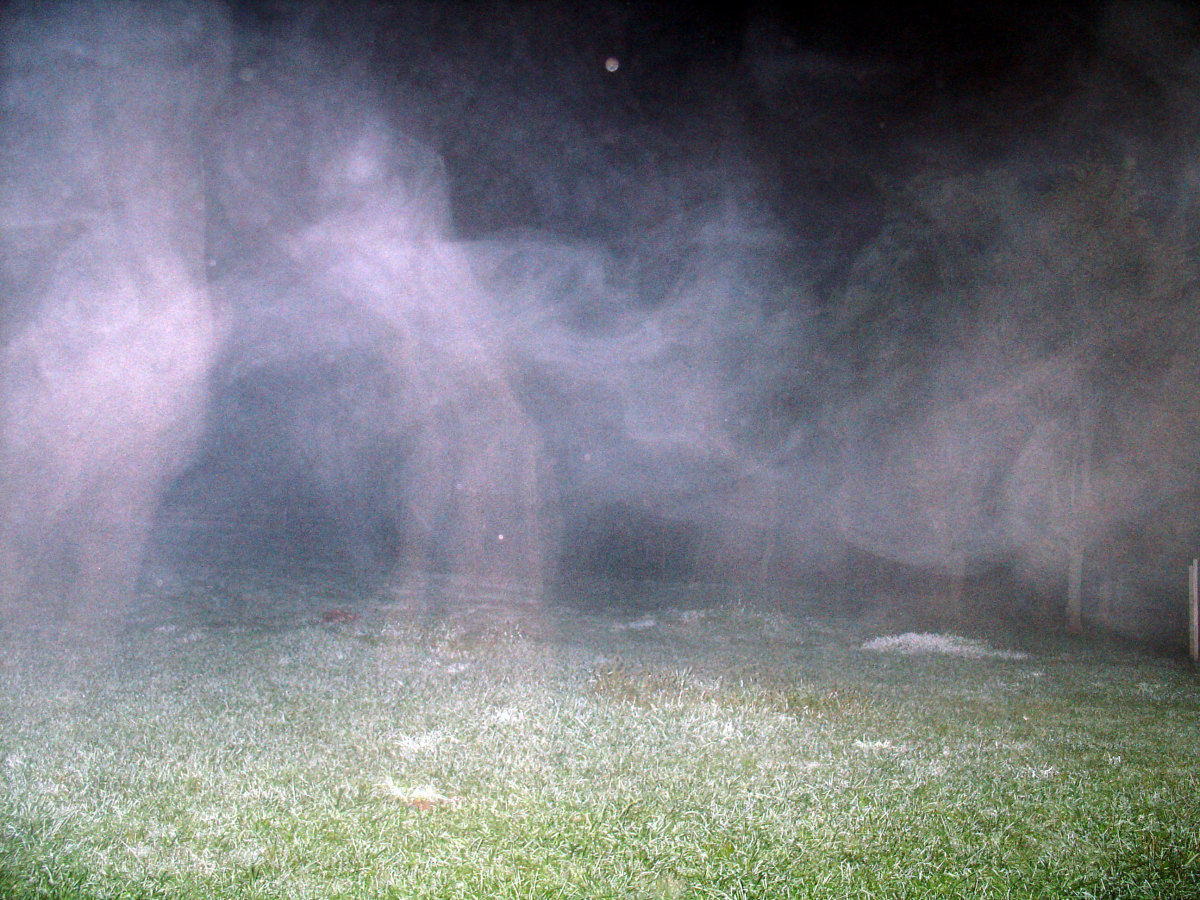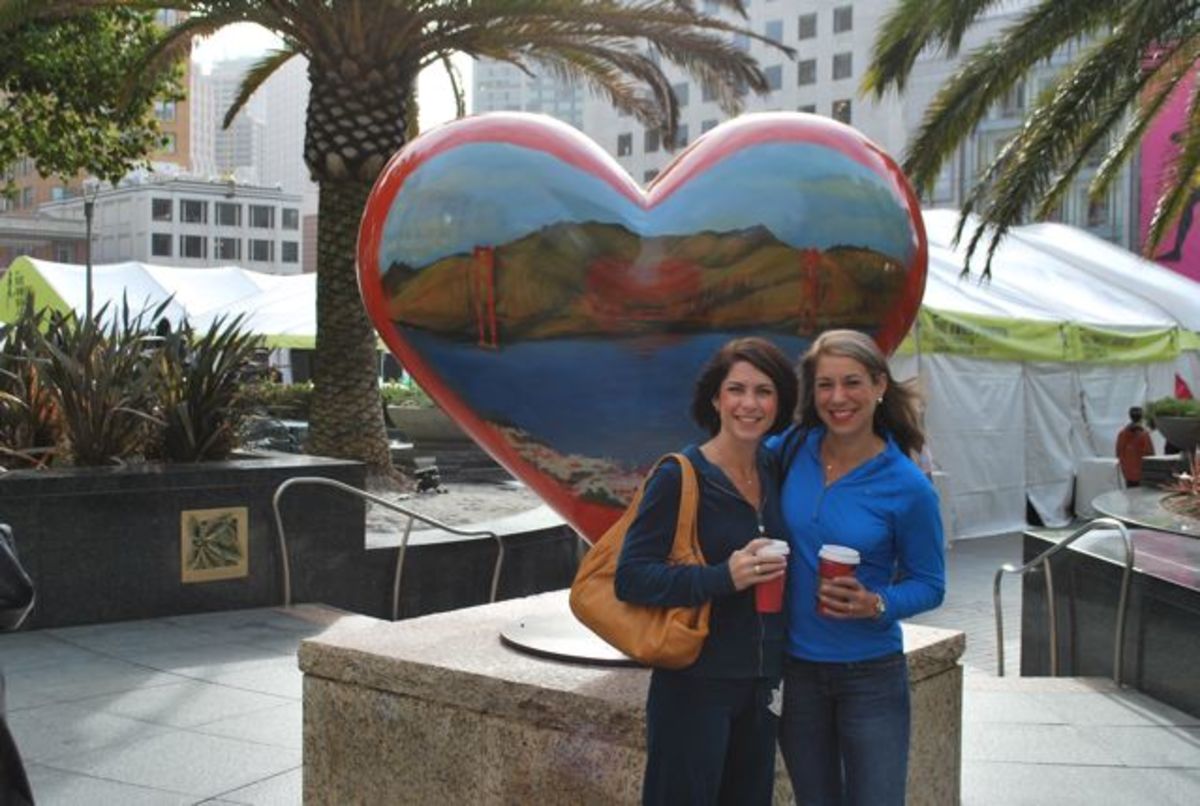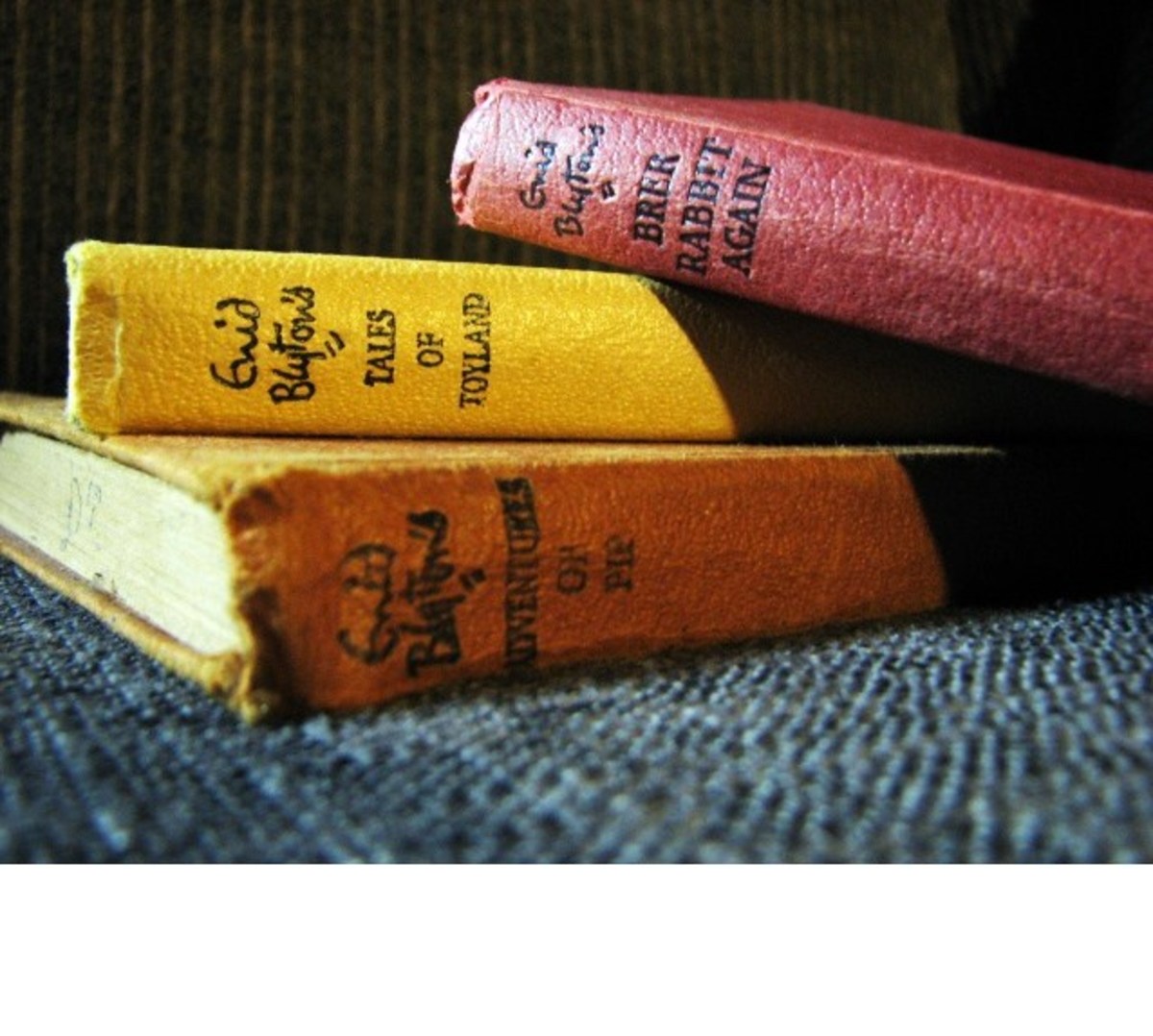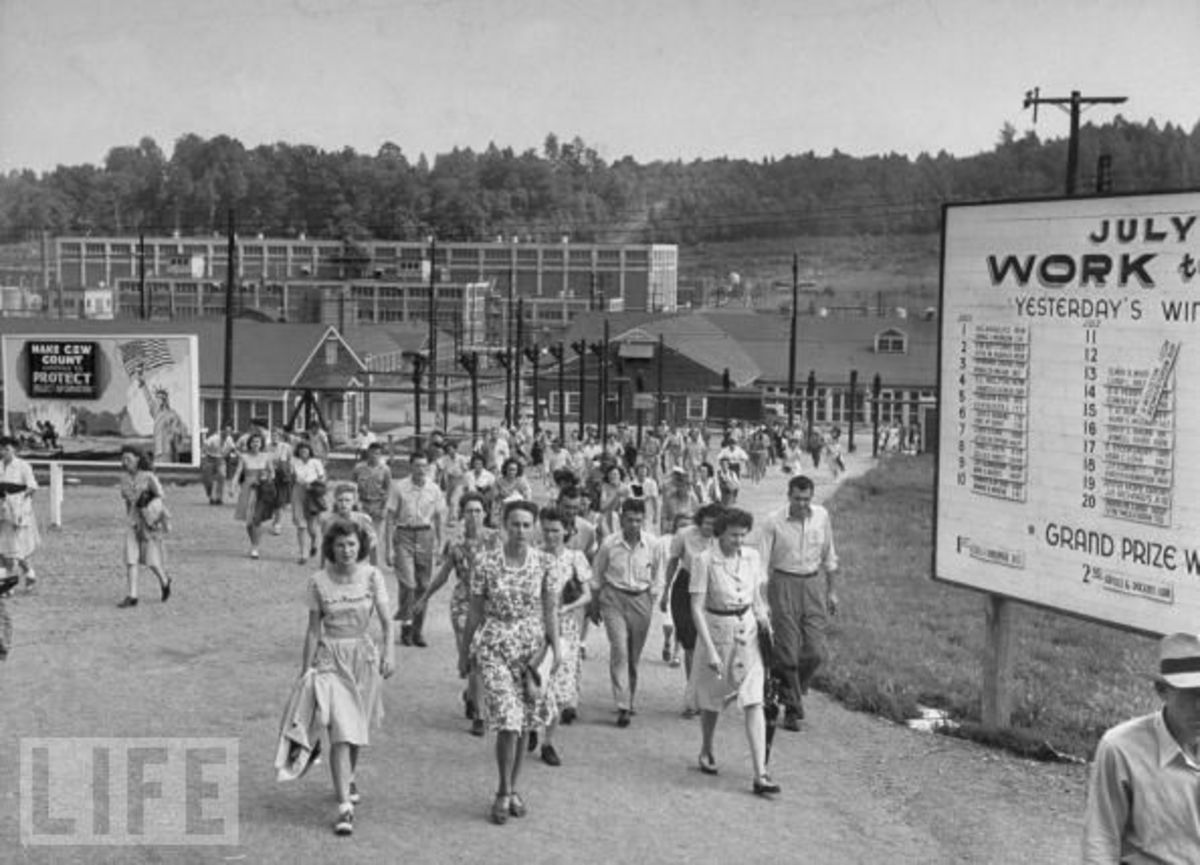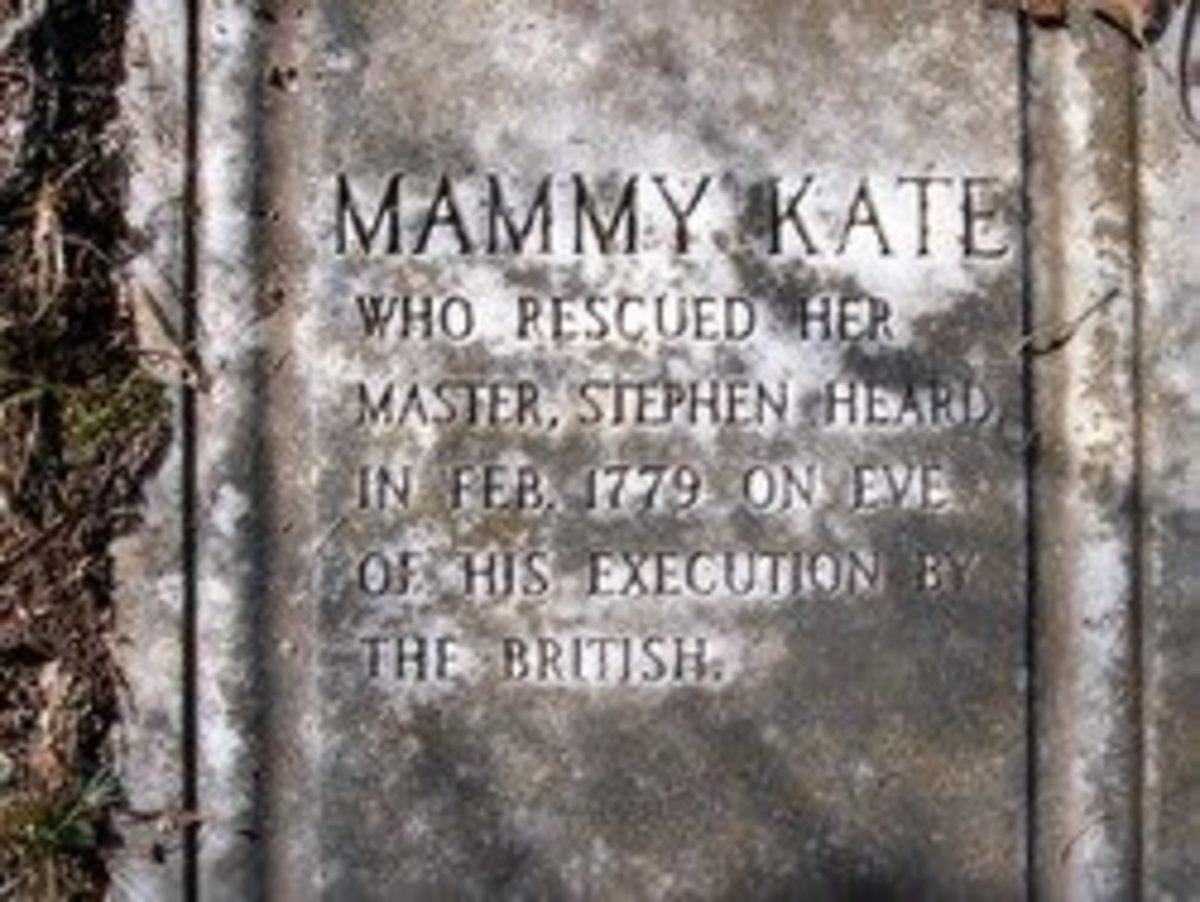- HubPages»
- Education and Science»
- History & Archaeology»
- History of the Americas
An Automobile called the "Vermont"
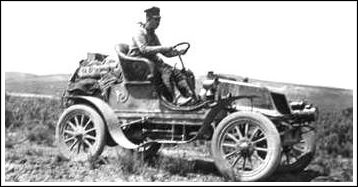

A "Rich Man's Toy"
They laughed at Dr. Horatio Nelson Jackson when he argued the automobile was more than a “rich man’s toy, suitable only for short drives on city boulevards.”
The date was May 19, 1903 and Jackson was spending an evening at the University Club in San Francisco. Somehow, he and his contemporaries had gotten into a heated discussion about a new fangled contraption called an automobile. Someone had declared a car could never make it all the way across the country and Jackson disagreed. The gentleman wagered fifty dollars no one could drive to New York City in less than three months. He immediately accepted the bet. That was how America's first long distance road trip began.
Jackson, a minister's son born in 1872, earned his medical degree at the University of Vermont in 1893. However he abandoned the medical profession after a mild case of tuberculosis. Then in 1899, he married Bertha Richardson Wells, the daughter of one of the richest men in Vermont. It was her money that would finance his journey across the nation.
Naturally, Jackson would need someone to make the trip with him to share the driving and who had a mechanical background. That person was Sewall K. Crocker, a former professional bicycle racer from Tacoma, Washington who was a gasoline-engine mechanic.
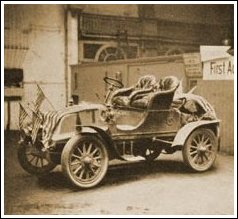
Buy a Winton!
Crocker strongly advised Jackson buy a touring car produced by Alexander Winton's company in Cleveland, Ohio. "It will carry you through if anything will," he told Jackson. However, they couldn’t locate one on the Pacific Coast. In those days most new cars were pre-ordered from the manufacturer rather than purchased at a dealership.
Finally, they found a Wells, Fargo executive in San Francisco willing to part with a 1903 Winton that already had nearly 1,000 miles on it and two rear tires in poor condition. Jackson gladly paid the asking price of $3,000 and the team went to work preparing the two-cylinder, 20-horsepower engine car for the journey.
The car Jackson purchased was Winton No. 1684. But Jackson felt a car most certainly to become part of American history needed a name, not a number. So, in honor of the state where he and Bertha made their home, Jackson officially christened his vehicle the “Vermont.”
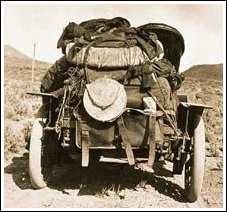
A Fully Loaded Vehicle
Crocker removed the back seat to make room for supplies. Jackson purchased: sleeping bags, cooking gear, canteens, rain coats, coats and a complete set of tools. They also bought two jacks, a spade, firemen’s axe, block and tackle, fishing gear, shotgun, rifle, pistols ammunition…and of course, a small Kodak camera to record his trip. The fully loaded vehicle, including passengers, weighed more than a ton and a half.
Remembering the failed attempt by Alexander Winton, founder of the Winton Motor Carriage Company, to cross the deserts of Nevada and Utah, Jackson plotted a more northerly route through the Sacramento Valley and along the Oregon Trail which allowed them to bypass the Rocky Mountains.
The adventurous pair left San Francisco on May, 23rd. The car was transported by ferry from San Francisco to Oakland. But only fifteen miles into the journey, the car blew a tire. They replaced it with the only spare they had. In fact, it was the only right-sized tire they could find in San Francisco.
Bud
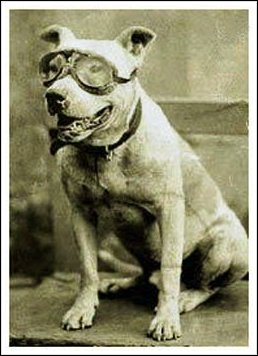
No Gas Stations
Winton's gas tank held only 11 to 12 gallons and as there were no gas stations, Jackson strapped on additional tanks to carry 5 gallons of cylinder oil and 12 extra gallons of gasoline. The first gas station would appear in St. Louis in 1905 but general stores in most towns carried fuel for farm machinery, stoves and water pumps. And unable to find new tires for the worn pair on the rear wheels, Jackson hoped the single spare he brought along would suffice.
On the second night they realized the side lanterns were too dim, therefore they stopped over in Sacramento to have them replaced with some having more illumination. Jackson still looking for a new tire, was unable to find one, but did purchase some used inner tubes.
Their previous meticulous planning soon proved invaluable. The rough trek sometimes required hauling the “Vermont” across deep streams with the block and tackle. However, there were unforeseen circumstances which arose. Jackson lost his glasses and they were also forced to pay an outrageous toll to cross some private property. When their tires blew out they wound rope around the wheels. Jackson eventually managed to find a telegraph office where here wired San Francisco for replacement tires which were promised to be transported to them along the journey.
In Alturas, California, Jackson and Crocker stopped to wait for the tires. However, after a 3 day wait when the tires failed to materialize, they continued on.
On June 6, the car broke down, and they had to be towed to a nearby ranch. Crocker managed to make repairs, but due to a fuel leak they lost all of their gasoline. Jackson rented a bicycle and traveled 25 miles to Burns, Oregon to buy more. Along the way the bicycle had a flat tire.
Heading north out of Sacramento, the duo was unaware the engine noise was covering up the fact their cooking gear had been falling off. They were also given a108-mile misdirection by a woman so her family could see an automobile.
Jackson had also been looking for a small dog to accompany them on his attempt to cross the continent. In Idaho, he found one…only it was a Pit Bull. They had pulled out early after spending a night at a hotel. A few miles down the road Jackson realized he had left his coat. In a letter to his wife Jackson wrote: "On our way back, we were stopped by a man and asked if I didn't want a dog for a mascot. As I had been trying to steal one we were glad to get him so accepted the present (consideration $15.00). So ‘Bud’ is now with us."
Bud, immediately began attracting as much attention as the Vermont. Some newspapers reported Jackson had rescued Bud from a vicious dog fight. Others wrote he was a stray who had chased the car a few miles before being taken on board. "Bud soon became an enthusiast for motoring," Jackson exclaimed.
Bud was outfitted with pair of goggles to keep the stinging alkali dust out of his eyes. Bud rode up front watching the road ahead and bracing himself for every bump and turn. Jackson later said Bud was "…the one member who used no profanity on the entire trip."
On June 16, somewhere in Idaho, Jackson's coat, containing most of their traveling money, was lost. At their next stop, Jackson wired his wife to send money to Cheyenne, Wyoming. But before reaching Cheyenne, the wheel bearings wore out. Crocker had to talk a farmer out of his mowing machine wheel bearings.
Eventually they reached Omaha, Nebraska on July 12. From there on, there were a few paved roads which made the rest of their journey much easier. They arrived in New York City on July 26th, 63 days, 12 hours and 30 minutes after their departure from San Francisco. The trip burned over 800 gallons of gasoline.
However, the unfortunate string of bad luck the pair had encountered on their epic cross country journey was not over. After leaving New York City, Jackson and his wife drove home to Vermont. About 15 miles from their destination the Winton once again broke down. Jackson’s 2 brothers came to help driving their own automobiles. Shortly thereafter, both of his brothers' cars broke down and Jackson ended up towing them with the Winton. Upon reaching Jackson's house, the drive chain snapped…one of the few original parts never replaced.
Jackson, his wife Bertha and Bud the dog eventually settled in Burlington, Vermont. When World War 1 broke out, Jackson was considered too old to enlist. But he contacted President Theodore Roosevelt, whom he had met in Burlington and was commissioned an officer.
Following the war, he became one of the founders of the American Legion. He owned a newspaper, a bank and a radio station. Amusingly he was once ticketed for exceeding the 6 mph speed limit in Burlington.
In 1944, Jackson donated his car, newspaper clippings and Bud's goggles to the Smithsonian Institution in Washington D.C. Horatio Jackson died on January 14, 1955, at the age of 82.
Crocker stayed in New York after the cross-country journey. He tried to find someone to sponsor him on a six-month automobile expedition around the world, but it never materialized. He did, however, make a two-year tour of Europe before having to return to look after family property in Mexico during that country's revolution. Crocker suffered a nervous breakdown from the strain, became ill, and died in Tacoma on April 22, 1913.


